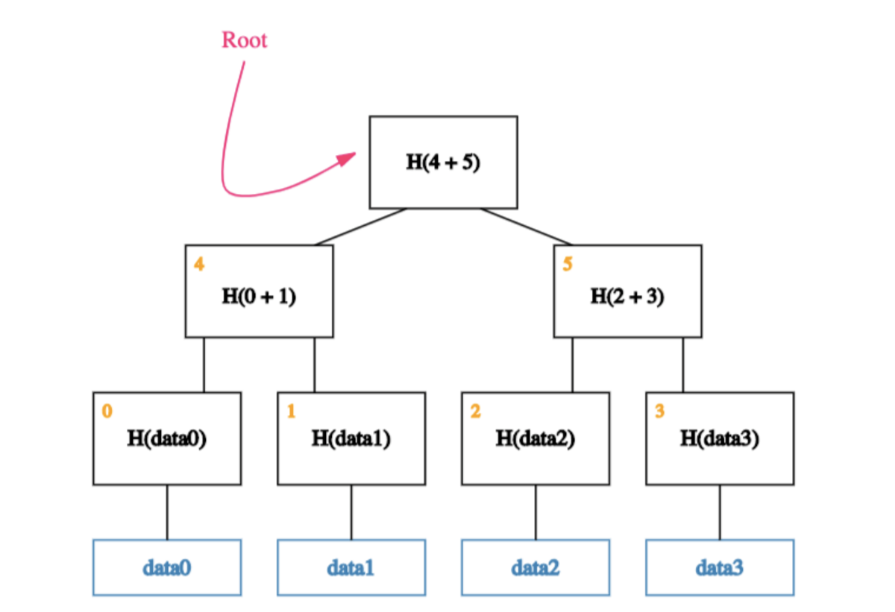Crypto Global
Taro brings assets to Bitcoin through Taproot and Lightning
May 31, 2022
Lightning Labs has unveiled a new protocol proposal for Bitcoin and the Lightning Network, Taro, which aims to bring new use cases to the network. The company has released a number of draft Bitcoin Improvement Proposals (BIPs) and is asking for community feedback on the proposed design.
Taro - Taproot Asset Representation Overlay - is an open source protocol made possible by Taproot. Taproot is a recent upgrade from Bitcoin that enables greater smart contract capabilities, as well as privacy and efficiency benefits. Taro is a Taproot-based protocol for issuance of assets on the Bitcoin blockchain, which can then be transmitted over the Lightning network to take advantage of instant, high-volume transactions and low fees. Lightning Network is a Layer 2 built on top of the Bitcoin blockchain, using the same token as Bitcoin. Lightning Network is a fully open network like Bitcoin, it is permissionless and not controlled by any company. Since this is also powered by Taproot, you should have a decent knowledge base on Taproot. Please re-read our 11/16/2021 newsletter if a little refresher is needed before delving into Taro.
Taro enables Bitcoin to serve as a protocol of value and allows app developers to integrate assets alongside Bitcoin into apps - both on-chain and via Lightning. This extends the reach of the Lightning network as a whole. It brings more users to the network, which then brings more volume and liquidity into Bitcoin and allows people to earn more routing fees by running a routing node on the network. More network volume means more routing fees, and node operators reap the benefits of a multi-asset network without actually having to support assets.
As taro assets are created and spent, we need a secure way to spend and verify these assets. Taro uses a modified form of the Merkle tree called "Merkle-Sum Sparse Merkle Tree (MS-SMT)". As a reminder to readers, in the base Bitcoin protocol, the Merkle tree is only used at the transaction level, so that individual transactions can be proven by the public to be included in a block using a chain of block headers (blockchain) and a Merkle proof.

Merkle Tree
So when we issue an asset, we have to prove that we own it. We do this by using a Merkle Tree to create an "inclusion proof". We also need to show that our spending transaction relinquishes ownership of that asset using a sparse merkle tree to demonstrate non-inclusion.
The sparse Merkle tree adds yet another property. All of its «leaves» are indexed, which gives access to information about the «tree» in the form of a key-value pair, and it has empty «leaves» that actually contain the "null" value, so we can check whether some data is not in the tree. Sparse Merkle Tree allows us to associate data with identifiers and demonstrate in an easily verifiable way that we have removed or excluded that data without having to reveal the entire tree.
All of the functions and features of altcoins will eventually end up on Bitcoin. Any asset can be issued on the Bitcoin blockchain. This asset can then be moved across the Bitcoin network or the Lightning network.
Taro will allow Atomic Swaps between any Taro asset and BTC, it will also allow multi-sig functionality. What Taro will enable on top of the Bitcoin blockchain are NFTs and Wrapped Altcoins. And then most importantly: stablecoins. Namely, we will be able to send US Dollars or any other fiat currency anywhere in the world instantly and practically for free via the Lightning network. This will of course take years to roll out to be fully operational. This will be a great benefit to all of us when this type of functionality becomes available on the Bitcoin and Lightning network.